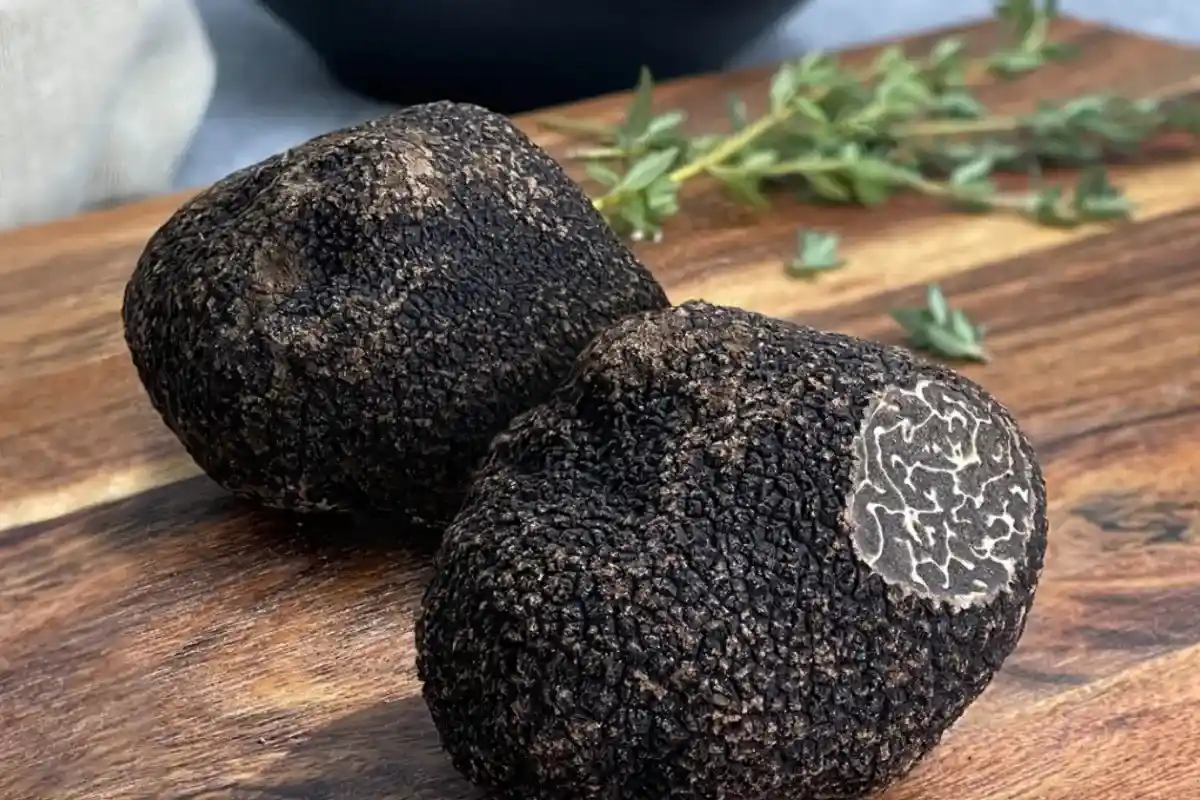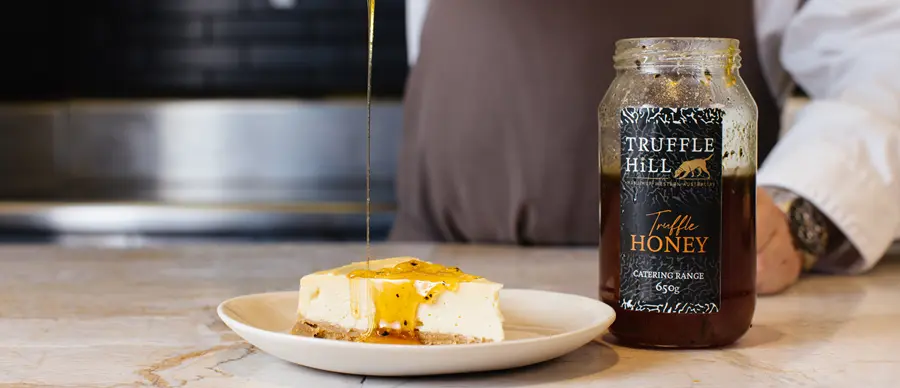
To the discerning palate, few ingredients command the same reverence and desire as truffles—the fragrant, earthy treasures of the fungal kingdom.
However:
Not all truffles are created equal—a distinct hierarchy of truffles exists with more coveted, valuable and downright exceptional varieties than others.
In this article, you’ll learn what distinguishes truffles in terms of cultivation, appearance, aroma, and flavour, from the most prized and rare varieties to the more common ones.
The Definitive Hierarchy of Truffles
“There are probably around 140 different varieties of truffles,” explains Darian Cheffers from Truffle Hill, one of the world’s leading truffle producers. “But the majority of those are not fit for human consumption. There are about a dozen truffles that are fit for human consumption and are sold commercially.”
At the pinnacle sits the elusive white Alba truffle, “recognised as being the highest value and the most sought after, but one of the rarest truffle species that you can find.” Despite its supreme status, “no one’s successfully been able to cultivate those and commercially farm.”
Next in the hierarchy is the black Perigord truffle that Truffle Hill specialises in – “we cultivate one specific type of truffle, which is tuber melanosporum, or as it’s commonly referred to, black Perigord truffle…the second most popular variety.”
“It was one of the first truffle species to be successfully commercially cultivated and farmed. The Perigord has overtaken the white truffle as the most served truffle on tables throughout the world,” notes Darian.
What elevates the black Perigord is its distinctive qualities: “a really nice, deep black skin colour” and black flesh, along with “a very proud truffle aroma” that can be smelled “from quite a distance away.” The flavour profile ranges “from earthiness, nuttiness, spicy, floral, fruity, even acidic. None of them is wrong. It all comes down to the person’s perception of the truffle.”
Moving down the hierarchy, Darian explains, “As we start to move down the list and we look at brumale truffles, it’s quite easy to…confuse” them with black Perigords. “A brumale truffle will have a little bit more of a chemically kind of flavour…it almost reminds me a little bit of kerosene, and the veins inside the flesh are a thinner, finer type of vein.”
He adds, “One of the things that’s interesting about the brumale truffle is they have been a bit of an issue with contamination of truffle orchards” getting mixed in with the prized black Perigords, making them “hard to distinguish” visually when harvesting.
Further down are varieties like truffle aestivum or summer truffles. “Their skin colour is quite similar to a black winter truffle…But as you slice the truffle open, the flesh is grey, almost white. In some cases, the aroma is definitely less, and the flavour is definitely less.”
The variations can deceive the untrained – “There are a lot of people who don’t understand the differences between the different truffle varieties. They’ll see truffle on a menu and think they’re paying for the real thing when it could just be an expensive garnish.”
The Importance of Terroir
“I often compare truffles to wine,” says Darian. “Some of the words that you hear thrown around when you talk about different regions from wine growers and the different varieties that they grow in those regions are the terroir: the climate, and the soil conditions.”
Just as a Pinot Noir from a cool climate will taste different than one from a warm region, a truffle’s terroir is critical. That’s why Truffle Hill’s orchards are located in Western Australia’s Manjimup region. “The owners who were making the decision on where they were going to farm truffles chose the Manjimup region because of its very similar characteristics to the Perigord region in southern France.”
According to Darian, “Manjimup’s got a really good climate. It’s nice, long, dry summers, very warm, and the temperature gets down to the required winter temperatures…A lot of the criteria for growing great truffle is ticked.”
This optimal terroir allows Truffle Hill to rapidly transport their prized black truffle from the farm to top restaurants. “We pride ourselves on being able to get a truffle out of the ground and onto a plate in New York within about 50 hours,” says Darian. “Truffles only have a life or shelf life of about two weeks. And after that, being a fungus, they’re highly reactive, so they’ll start to break down.”
A Chef’s Prized Culinary Ingredient

For chefs seeking to deliver an unparalleled fine dining experience, the pungent aroma and robust flavour of the Manjimup black truffles are highly coveted. “Chefs globally that have come in contact with our truffles have really appreciated the pungency of the aroma and flavour, how strong they are, and also the presentation of the truffles,” notes Darian.
When diners pay premium prices, truffles must provide a transcendent experience. As Darian explains, “If a chef is going to be selling a product like a truffle in a fine-dining restaurant, where you would typically expect to pay a bit more…chefs need to make sure that they’re selling truffles that are of a really good quality and of a high standard.”
However, truffles are extremely perishable, with just a two-week window at peak quality. This necessitates proper handling every step of the way. Darian walks through Truffle Hill’s painstaking process:
“We try to maintain a consistent climate for the truffles inside the boxes they’re sent in. When the truffle arrives at the chef’s, it should be in absolute tip-top condition.”
Truffles are aged together before shipment to achieve consistent aromas. “We don’t want consumers eating our product to have a poor or inferior experience. So the quality all the way through to the consumer’s plate is absolutely front and centre of what we consider when we’re harvesting, cleaning, grading, packing, dispatching, and transporting our truffles.”
Darian cautions that when it comes to truffles, you get what you pay for. “The telltale signs of presentation, aroma and flavour are absolutely key. When you taste a well-prepared and well-presented truffle dish, you should undoubtedly get a black Perigord truffle.”
Conclusion
From the rare white Alba to the revered black Perigord, each truffle’s journey is shaped by its unique environment and skilled harvesters.
Choosing the black Perigord truffle means indulging in a carefully cultivated legacy of exceptional flavour and aroma. Truffle Hill encourages you to explore further our world of premium truffles, where each variety offers a captivating sensory experience.
Browse our truffle products here to elevate your culinary creations with the finest truffle products, handpicked for the most discerning tastes, and transform your dishes into masterpieces that celebrate the pinnacle of gastronomy.



